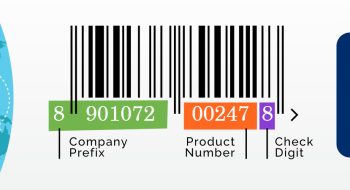Managing product information is not an easy task. Coping up with changing consumer demands, system complexities, and emerging technologies can be a struggle for product managers who have to share product information with various buyers while maintaining brand value and delivering what is deemed.
Some of the major challenges faced during the product information management process are listed as below:
Compilation of Information
Compiling product information can be a difficult task, especially when the product team has to coordinate with various departments to fetch information on various product attributes. This includes coordinating with the Regulatory department for licensing-related information, the packaging team for its barcode number, the quality team for nutritional and net content values, and so on. Since the large companies have different departments handling different pieces of information, who generally work in silos, it becomes a challenge to gather the complete information at one place from where it can be shared with buyers.
Adding further to this layer of complexities is the fact that product attributes keep changing to better serve the needs of consumers. Hence, the same exercise needs to be repeated several times in a product’s lifecycle.
Traditional Information Sharing Systems
In most organizations, product information is shared over emails, in between the organization as well as buyers. The product data shared in Excel or Word files are usually lost across multiple versions saved in systems, or emails being ignored or not acted upon.
When the information flow is high, the probability of capturing time-sensitive information reduces greatly. Thus, the accuracy of the information cannot be guaranteed when there are multiple users of the same file.
Inability to Share Relevant Product Images
Often the product team, especially modern trade, and general trade teams share only mandatory product information which usually lacks product images. However, omni-channel retailing is kicking in and even kiranas are selling through mobile apps. Product images are not only desired but have become essential.
Managing and Assigning Product Codes Using Excel Files
Management of product codes using excel files is tricky. It often leads to duplicate numbers being assigned to multiple products, especially because there are chances of getting the changes lost in multiple versions of the file. Moreover, this does not provide ready visibility to the number/codes assigned and remaining.
In case you are facing similar challenges, it is time to opt for the national product data repository (DataKart). It can help you overcome the above challenges and provide an array of benefits.









